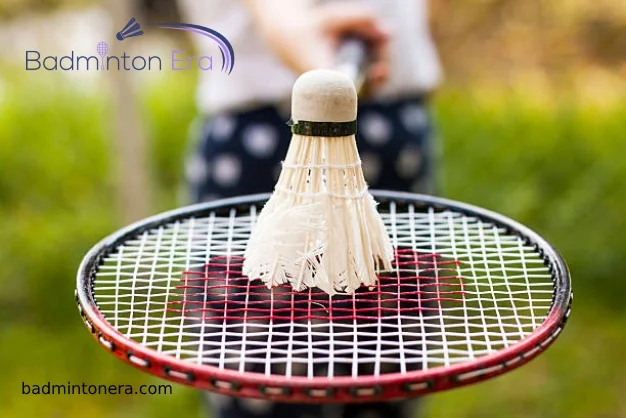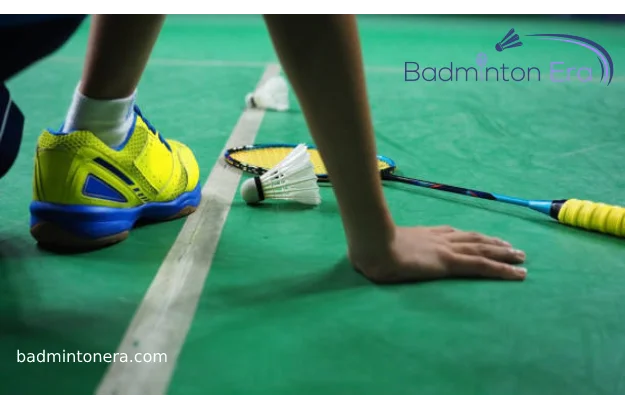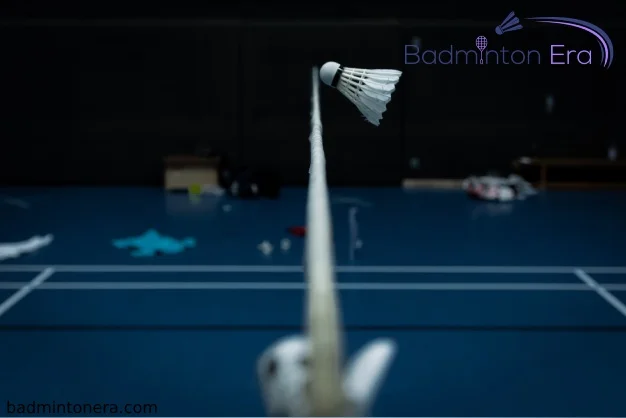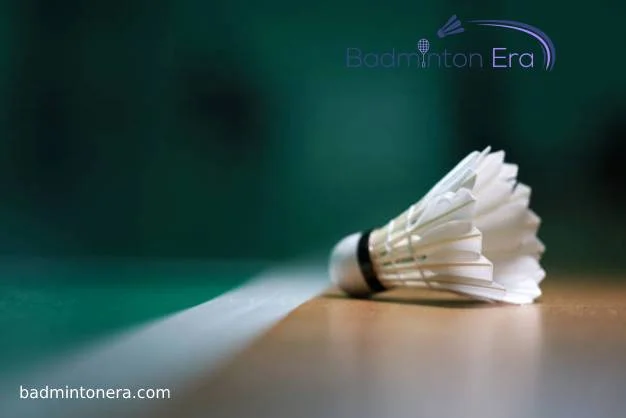The Simple And Effective Badminton Tips
Badminton is an excellent sport to practice technique, speed, and focus all at once. It is advisable to practice your shots and moves as well as watch your partners and opponents improve your technique. Check out a few special exercises after this article for additional strategies to refine and improve your technique.
A sport like badminton is one where technology is really important. Try these five effective strategies to raise your game, as recommended by badminton coach and former professional player Peter Zauner (men’s doubles ranking: 22):
- A variety of matches and player kinds
- Observation and practice
- Movement and return
- Additional physical activities
- keeping a training log or employing a coach
Observation And Practice:

In recent years, especially in France, observation and drill tactics have made significant progress throughout Europe. Without a shuttle, a player practices footwork and shots during shadow play. The majority of players swear by this essential item because it is part of their badminton training equipment. Increase the duration and frequency of these training sessions over time for the best outcomes.
Asian athletes practice with 8 to 12 drills per session, which is far more than we do.
The best approach to learning a new technique is to watch a player play and then quickly imitate their actions. When you return to the court, practice the skills you learned from watching videos of professional players if you are unable to shadow a highly talented player in your club. Drilling and observation are also crucial for your physical well-being. It is simpler to remember and replicate a shot when you see a film of it from all angles.
Movement And Return:
The “holding and running” badminton techniques are described here.
- Always begin by improving your grasp. Move on to the next method if you are entirely at ease with your current one and are returning your shuttles like a pro since how you grip your racket affects your game.
- The expert emphasizes how crucial it is to practice your footwork from the beginning. You can better position yourself for shots by doing so.
- Running is a significant component of training in Asia, where “all players start their training with footwork – and they know how important it is.” Never ignore running, especially when it comes to mobility and footwork during shadow play, and although the player culture in Europe is different with a stronger concentration on smash shots.
Additional Physical Activities:
In addition to drills, Experts suggest trying additional methods based on the skill you want to hone.
- Use a fairly heavy badminton (or squash) racket to practice your hold, especially your hand movements, and try to hit and return a few shuttles. All of your hand muscles will be worked during this workout, which will also make you more aware of your movements (smash, backhand, etc.).
- Utilize unique badminton techniques like chasse steps, lunges, and shadow play to enhance your running form. The “ABC Athletic Training Programmes” can help you take your workout to the next level. These workouts improve your running technique while working on your knee rises, thigh motions, and propulsion.

A Variety Of Games, Players, And Sports:
Peter thinks that playing in a variety of matches against various players is essential to preparing for any situation: “Play against versatile, defensive, and offensive players to get a feel for these different kinds of players.” Since their technique will be entirely different from yours, it is preferable to play against a left-handed opponent if you are a right-handed player. The same guidelines apply to left-handed people, only they are reversed!
According to Peter, mixed-hand doubles are frequently the best combinations. The most effective teams frequently include a right-handed and a left-handed athlete. They pose a far greater threat than other pairings, and they typically execute attacks better. Variety is the spice of life, so try varied practice types.
- Your joints will thank you for cycling. Because badminton is a demanding activity, doing low-impact workouts can be beneficial at times.
- Exercise. Peter proposes a running plan if you play less badminton, like in the summer. Try to avoid engaging in both sports frequently; running is another high-impact activity.
- Swimming is a great way to unwind and let off steam. But try to avoid swimming before a big tournament or match because the body goes into recuperation mode after swimming.
Logging Your Workouts Or Hiring a Coach:
In badminton, it’s critical to approach your game and training plans with flexibility.
When you are training, don’t be afraid to alter your plan repeatedly. Plans are not rigidly fixed. Because of an unexpected occurrence, player tiredness, or equipment issues, you may need to make last-minute adjustments occasionally, says Peter.
Change your style as quickly as you can throughout a match to account for your opponent and the playing environment. Change your game plan if your adversary is aware of it. It is advisable to have at least two or three ideas in mind and if required, even more. Remember that you might need to adjust your strategy “every five points or even every point” in high-level competitions. It is beneficial in amateur competitions.
Master The Basics Of Badminton Match:
Even though this advice is overused, it should be repeated. The pros recognize there’s always an opportunity for development; you can see them repeatedly honing their fundamentals. They constantly hone and polish their fundamental competencies.
The fundamental abilities you should continuously work on are:
- Patterns of movement
- Basic strokes such as the drop shot, clear, net, lift, and smash
- The various grips
- Your serve
Without getting all of these into reasonable shape, you can’t expect to advance very far in badminton. A cross-court jump smash is difficult to play if you can’t even get behind the shuttle.

Don’t Neglect Mobility and Flexibility Exercises:
Top athletes always practice increasing their flexibility and mobility. To use the various lunging, jumping, and stretching motions in play, badminton requires flexibility.
Another excellent illustration is Viktor Axelsen. 1.94 meters tall, making it difficult for him to maintain a low center of gravity if he isn’t flexible.
The Bottom Line:
In conclusion, badminton is a challenging and enjoyable sport that requires a combination of skill, technique, and fitness. By incorporating the simple and effective tips discussed in this article, you can improve your overall performance and enjoyment of the game. Remember to practice consistently, focus on proper footwork and technique, work on your physical fitness, and stay mentally sharp and focused during play. Additionally, don’t forget to have fun and enjoy the game, as this can also help you stay motivated and engaged. With dedication, effort, and the right mindset, you can become a better badminton player and reach your full potential on the court.







